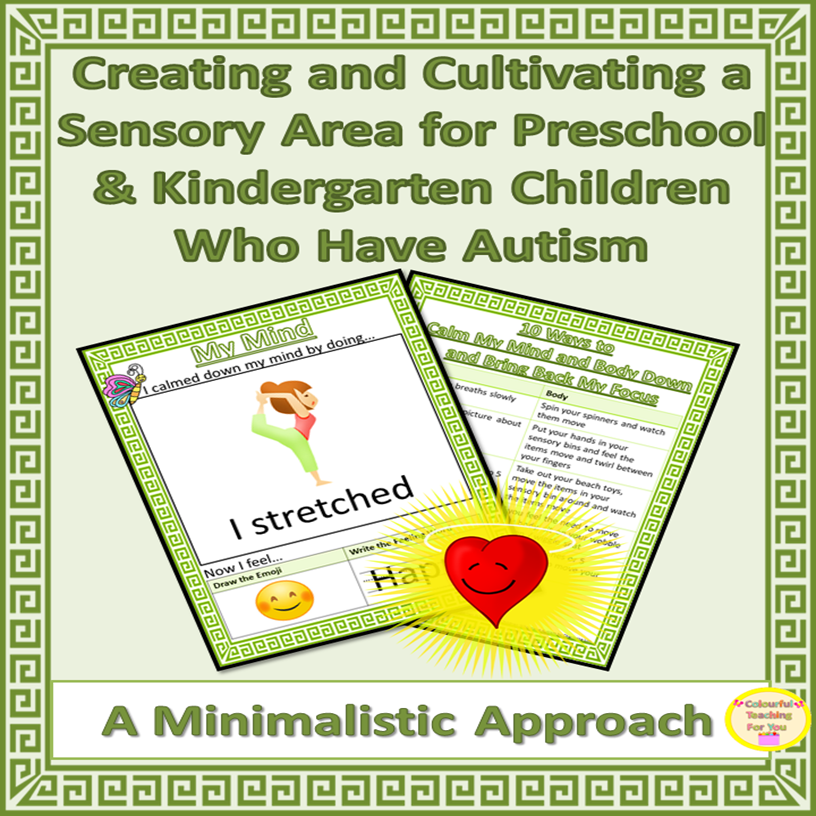Today we’re going to talk about how to support students who have low functioning autism.
Children who have low-functioning or level 3 autism exhibit fairly obvious symptom and require a substantial amount of support.
Some signs of low-functioning autism are:
- Struggles with verbal and nonverbal communication and social skills
- Difficulty focusing and transitioning
- Repetitive behaviors, like stimming.
- Sensitivity to crowds, loud noises and bright lights
- Developmental delays
This is not an exhaustive list but it’s a good starting point for teachers who are wondering if their student has low-functioning.
The following five strategies will help you and your student understand and respect each other. These strategies should be personalized to individual students and used in conjunction with their Individualized Education Program (IEP).
Keep in mind that a child’s abilities may change depending on their age, the level of support they receive, their environment and stress level.
Actionable Steps:
#1. Adapt the Curriculum
Instead of creating a brand-new curriculum for your student or looking at the core competencies for grades well below that child’s current level, take what you’re currently working on and adapt it for that child.
For example, if you’re teaching a unit on mapping, take your child out and have them work on crossing the streets by looking both ways, or locating a local grocery shop and build your lesson from there. They may also learn some basic conversational skills with the store’s clerk.

#2. Ideal Learning Environment
Have a regular desk and chair, or space (if you have flexible seating) so that your student can partake in classroom activities when it’s feasible.
Have a separate space for your EA and student with minimal noise so that your child can work in the corner with few distractions.
If you have a loud class, book library or office space for your student and EA to work in. This will reduce emotional outburst and have your child focused.
#3. Calming Space
When your student is overstimulated, needing a sensory break or engaged in stimming, have your child rest in a calm down area that suits their needs.
The following are sensory areas for specific grade levels but keep in mind that you aren’t choosing one for their grade level but for where they are at in regards to their capabilities. Refrain from using the written part of the reflection sheets if it’s above your student’s abilities. Instead, use the drawing portion to gain insight into their thoughts once they’ve had a chance to rest.
#4. Parent Involvement
Email or phone parents on a regular basis to update them on their child’s progress, learning or emotional needs or anything that needs to be practiced at home to commit the learning to long-term memory. Ask them for their feedback as well.
Your student’s parent will appreciate it as it will help them stay consistent.
As well, when you open the lines of communication between you’ll, it will help you know how your student is doing before you start the day and it will help them know how their child is feeling throughout the day, but most especially at the end of the school day at pick-up.
#5. Support System
Depending on the day, you may be feeling lethargic or your student may have an outburst that might be difficult for you to manage. It’s important to have a few people who you can turn to during these times when you need help.
Make sure to take your phone with you and contact them when you need help.
Don’t be afraid to ask for support because teachers and parents understand that it’s not easy and that you’re doing your best.
Recap:
Let’s recap really quickly. Today, we looked at the following:
- The signs of low-functioning autism
- The relevance of applying the above mentioned five strategies
- The five strategies are: adapt the curriculum, ideal learning environment, calming space, parent involvement, and support system.
Free Resources:
In the mean time, if planning so that you’re ahead is not your jam, then check out the following: FREE MASTERCLASS: Systematic Plan to Super Passionate.
Next Steps:
I’d love to hear from you. In the comments below, please answer the following:
If you found this video beneficial, would you do me a favor? Share this with your family, your friends, your loved ones, your co-workers or someone who you think could benefit from this. Thank you!
I’ll see you next Friday at 5:30pm PST.
Until I see you next time, remember to create, experience & teach from the heart.
Take care,
Charlotte
Disclaimer: I’m a teacher and a parent. I’m not a medical professional, so please don’t take this as medical advice. The advice that I provide in my videos and online are strategies that I have used in my own class or at home that have worked beautifully. Since mental health is a spectrum, make sure to adapt these strategies for your individual child. Thank you!






